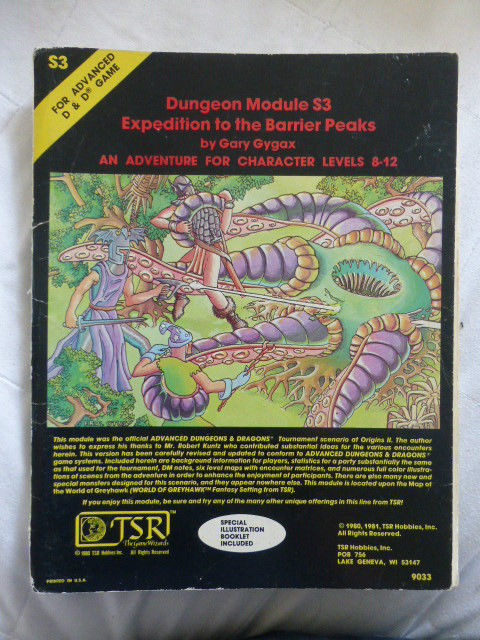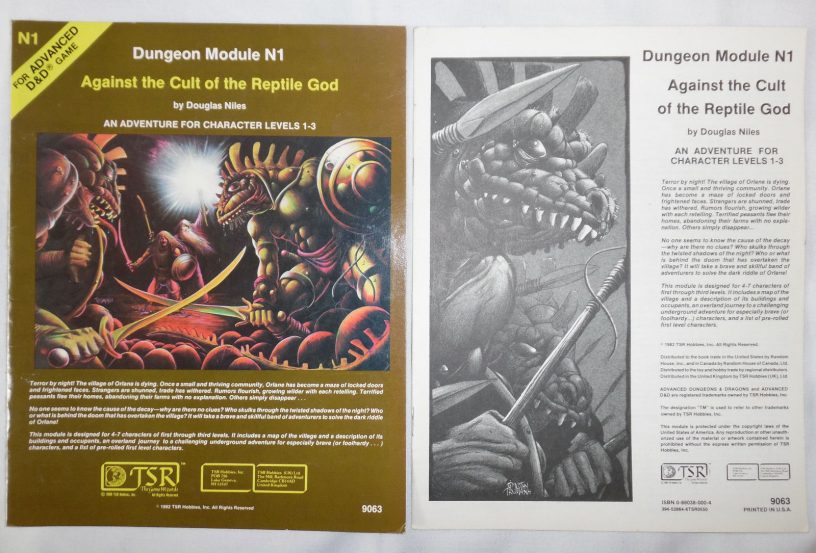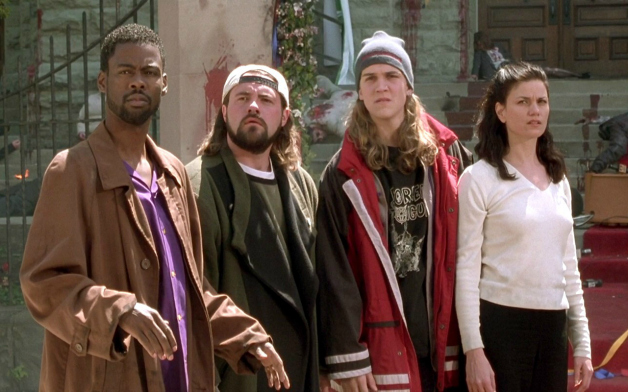So we all know who Gary Gygax was. We know that he wrote the core rulebooks for 1e AD&D. But what about the modules? After all, that’s the goal of my project: to play through all of Gygax’s AD&D modules! So which ones would that be? Let’s review all seventeen of them in chronological order according to their publication:
1978
1978 was a prolific year for Gygax. The AD&D Monster Manual had been published in December 1977 with the Players Handbook to follow in June 1978. So in 1978, Gygax released seven modules in conjuntion with the release of the game:
G1: Steading of the Hill Giant Chief
G2: The Glacial Rift of the Frost Giant Jarl
G3: Hall of the Fire
This series was released at Origins ’78, each module intended for “tournament play.” The adventure was run for players at the convention and then it was released for sale. Intended for characters levels 8-12, these modules were no walk in the park.
The Descent Series
D1: Descent into the Depths of the Earth
D2: Shrine of the Kuo-Toa
D3: Vault of the Drow
This series was released at GenCon XI, again for “tournament play,” which again means most parties died. Players needed characters between levels 9-14 to endure this difficult road. These modules introduce the drow to the D&D universe.
The Special Series
That’s right! The infamous TPKing slaughterhouse was released in AD&D’s first year of existence. Gygax had actually been using an unpublished version of it for a few years to test players’ skill and acumen. Many self-professed heroes perished in the halls of that tomb. It was a bloodbath.





 Gygax is seeking to harness the Tolkienesque ambiance of the Lord of the Rings with the help of a die. I actually didn’t even notice the die in the picture until my third or fourth time looking at it. And really, the game should function the same way. The fantasy is primary–the dice, secondary. Whether or not that is how it turns out still waits to be shown (to me).
Gygax is seeking to harness the Tolkienesque ambiance of the Lord of the Rings with the help of a die. I actually didn’t even notice the die in the picture until my third or fourth time looking at it. And really, the game should function the same way. The fantasy is primary–the dice, secondary. Whether or not that is how it turns out still waits to be shown (to me).